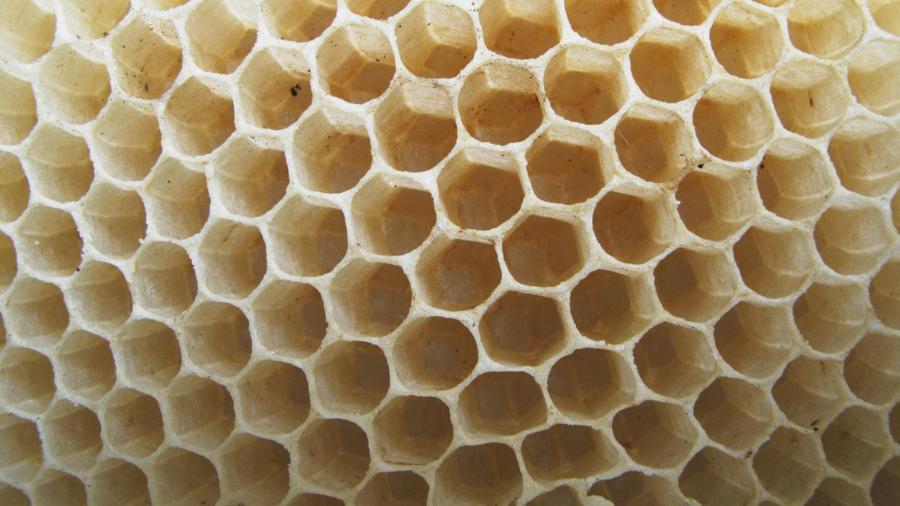What Are Some Real-Life Examples of Hexagons?

One example of real-life hexagons are the cells found in a honeycomb. Another example is most of the basalt rocks in the Giant’s Causeway on the coast of Northern Ireland.
Bees that are members of the Apis genus make their homes in beehives. The hives are made up of rows of honeycombs made up of six-sided cells composed of beeswax. These cells house honey, pollen and nectar as well as eggs and larvae. The honeycombs are coated with a resin produced by the bees called propolis. This protects the hive against disease.
The Giant’s Causeway is a grouping of basalt columns between the North Atlantic Ocean and the cliffs of County Antrim. Basalt is a volcanic rock, and the scientific reason for the Giant’s Causeway is volcanic activity that happened between 50 and 60 million years ago. As the lava that erupted cooled down, it contracted and fractured into interesting columns that look like stepping stones for a giant.
According to folklore, the causeway was constructed by Finn MacCool, the Irish hero giant, so he could meet and fight a Scottish giant called Benandonner. In one version, MacCool defeats the Scottish giant, and in another, MacCool’s wife tricks the other giant into not fighting her husband.





